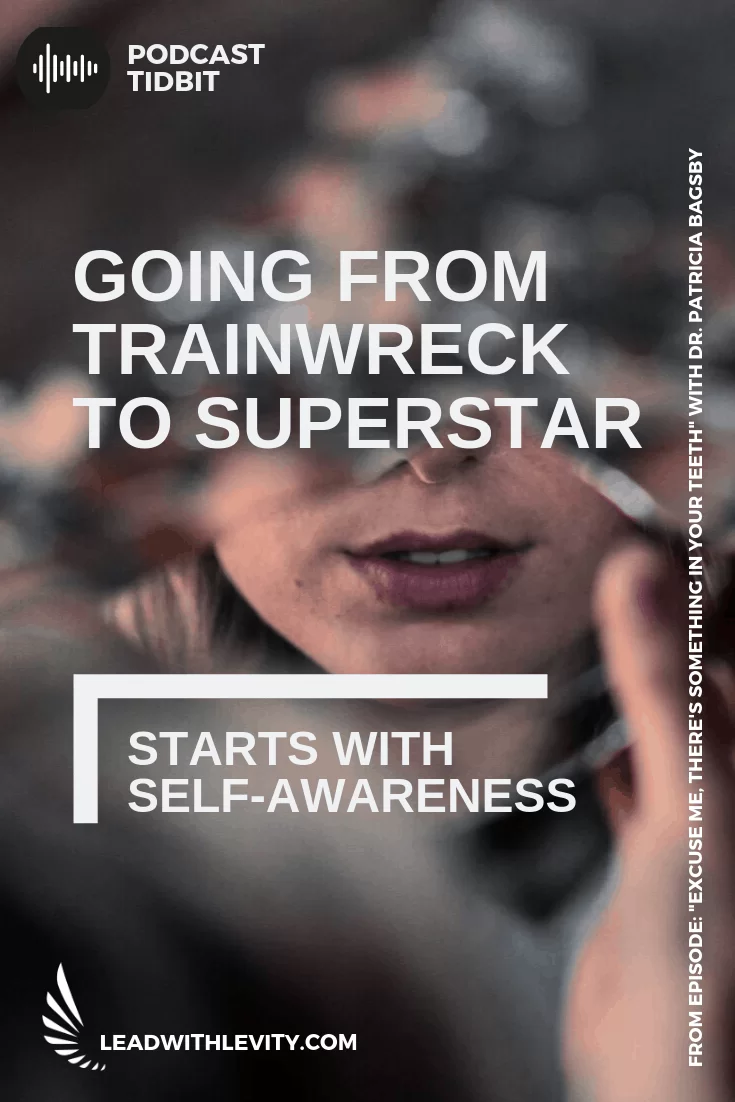Have you ever found yourself in a situation where your message felt lost in translation? Despite your best efforts, your words just didn’t seem to have the impact you intended? We’ve all been there. In a world where attention spans are getting shorter, it’s becoming increasingly challenging to ensure that our ideas are not only heard but also understood and embraced by others. But fear not! In this blog post, we will explore the superpower of clarity and communication and how it can help you build stronger, more meaningful connections in all areas of your life.
The Impact of Clarity:
In today’s fast-paced world, where distractions abound, attention spans are indeed getting shorter. Your ability to communicate with clarity has never been more crucial. Whether you’re at work, presenting a new idea, leading a team, or trying to get your family to help out around the house, the clarity and intention behind your words can dramatically influence the outcome of your interactions. Clear communication helps eliminate misunderstandings, fosters productivity, and builds trust among individuals.

Introducing Dr. Pam Hurley:
To delve into the labyrinth of effective communication, we are fortunate to have Dr. Pam Hurley as our guide. Dr. Hurley is the president and founder of Hurley Write, with a Ph.D. in technical communications. She has shared her wisdom at esteemed institutions like Duke, George Washington University, and UNC Wilmington. Dr. Hurley’s expertise in this area offers a lighthouse for those striving to be more precise and purposeful in our communications.
Understanding the Challenges:
One of the common challenges faced by professionals is the lack of writing standards and guidance. Communication is often taught with a trial-and-error approach, leading to confusion on how to effectively convey a message. Without clear standards, writers struggle to hit a moving target, trying to communicate in different tones, styles, and voices. This lack of clarity not only affects the writers but also hampers the efficiency and productivity of the entire organization.
The Need for Individual Improvement:
Individuals play a crucial role in honing their writing skills and overcoming the challenges of unclear communication. It starts with understanding the audience and their preferences. Knowing the audience helps tailor the message in a way that resonates with them. Additionally, setting clear goals and outcomes for each communication piece assists in maintaining focus and providing a direction for the writing process. Practicing daily writing and reading habits sharpens the skills required for effective communication.

Bringing Levity to the Process:
The process of writing and receiving feedback can be intimidating. However, adopting a problem-solving mindset, critical thinking, and practicing free writing can alleviate some stress and frustrations. Free writing allows the brain to release and explore ideas that might not have emerged through linear thinking. Embracing a structured approach while still being open to creativity can make the writing process more enjoyable and less arduous.
Preparing for Feedback:
Feedback plays a crucial role in improving communication skills. Organizations need to set the right culture and encourage reviewers to provide constructive feedback that balances praise with constructive criticism. Reviewers should provide specific guidelines and expectations for writers, enabling them to refine their communication techniques. A culture where writers and reviewers work as partners fosters growth and effectiveness in communication within the organization.
Conclusion:
In a world where attention spans are shrinking, the clarity and intention behind your words can set you apart and help you build stronger, more meaningful connections. Dr. Pam Hurley’s expertise in this field helps individuals and organizations navigate the challenges of effective communication. By honing our writing skills, understanding our audience, and setting clear goals, we can communicate with purpose and precision. Embracing a problem-solving mindset, being open to feedback, and adopting structured approaches can bring us closer to achieving clarity in our communications. Let us empower ourselves with effective communication skills to be heard, understood, and embraced in our personal and professional lives.
Remember, communication is a superpower, and with practice and intention, you can harness its transformative abilities. So, go forth and communicate with clarity, connecting with others on a deeper level.

Pam Hurley, Ph.D., is the founder and president of Hurley Write, Inc., a certified women-owned small business. Pam’s teaching style has been described as “energetic” and “straightforward.” Indeed, many clients credit Pam with giving them the strategies they need to start thinking critically about their own writing.
She started the business for one simple reason: as an academic, she saw her students struggle with their writing. In fact, many of them simply had the attitude that they “couldn’t” write.
While in graduate school, Pam was introduced to the concept of readability studies, and a lightbulb went off! She knew that these concepts could help her students. And they did. When she started teaching these concepts, students’ writing began to improve. They seemed to struggle less with their writing, and many of them commented on how much easier it was to write.
Clients include engineers in companies such as Raytheon, Intel, and United Technologies; biotech and pharma professionals at Genentech, Bayer, and Novartis; and financial and IT professionals in organizations such as Discover Financial, PCAOB, and Dillard’s.
What Makes Pam Unique
Pam never stops learning and applies what she learns about writing to her classes on an ongoing basis.
She’s been perfecting this notion of readability and applying problem-solving skills to writing since she started the business and, through many iterations, has developed a technique that helps professionals solve their writing problems: they write better documents in less time.
Pam’s dry sense of humor makes her a favorite in the classroom, as she can take a subject that many professionals see as dry and make it fun!









